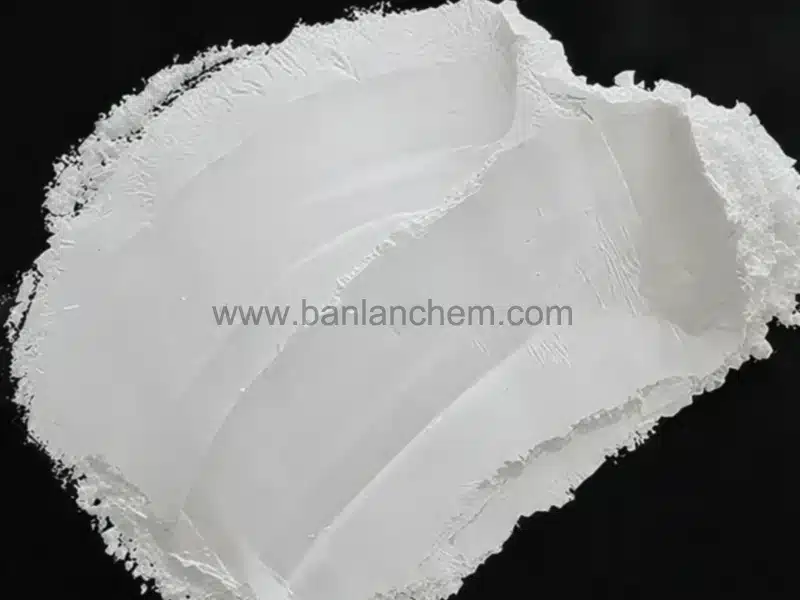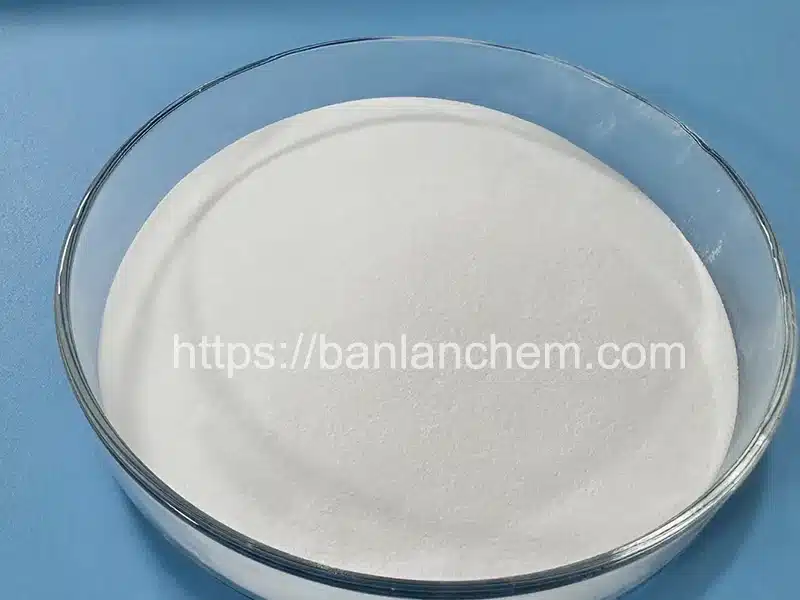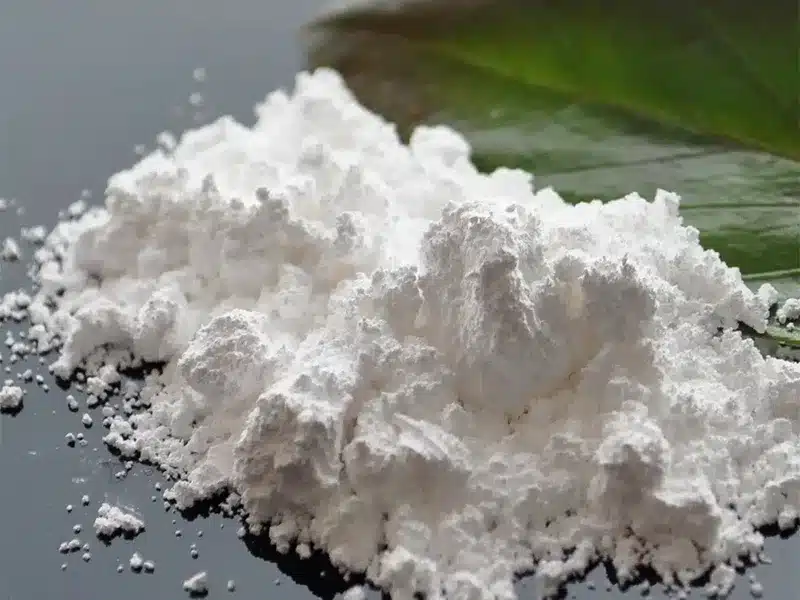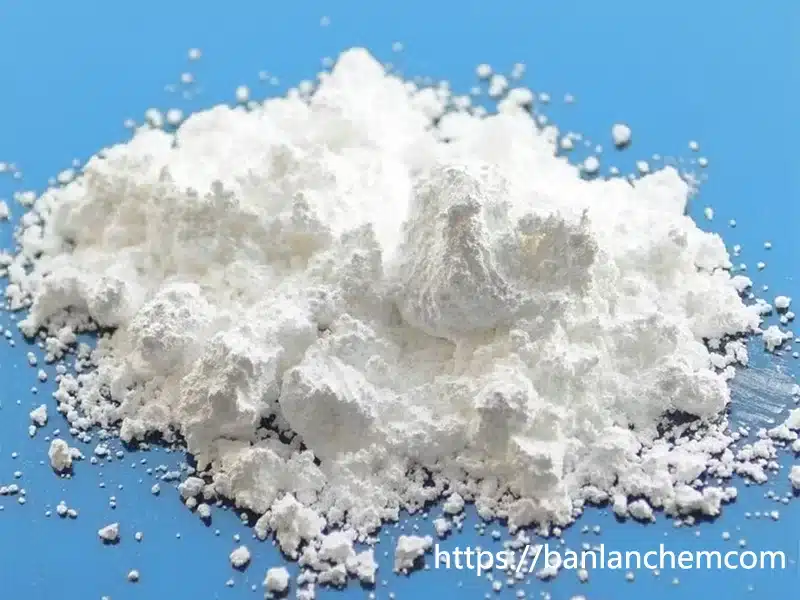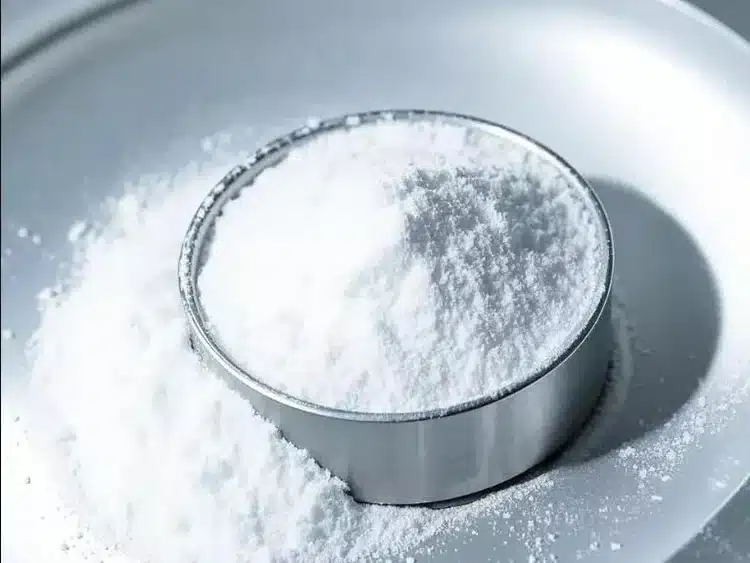Tabular Alumina vs Flake Alumina: What's the Difference in Shape and Application?
In the world of alumina-based materials, you may hear terms like Tabular Alumina, Platelet Calcined Alumina, and Flake Alumina. They all refer to alumina powders, but their names—and shapes—can reveal a lot about their properties and applications.
Understanding the Naming: More Than Just Shape
These names aren’t just about looks. They reflect the material’s particle structure and its intended use. Let’s explore three internationally recognized alumina products and break down what each name really means.
1. Tabular Alumina – For High-Performance Refractory Applications
Tabular Alumina, produced by companies like Almatis, is widely used in high-end refractory materials. The word “tabular” means flat and table-like. This type of alumina has a dense, thick, and broad structure—perfect for applications requiring high thermal stability and mechanical strength.
Even though some translations call it “plate-like alumina,” it has little in common with thinner polishing grades. Its dense microstructure makes it ideal for steel, ceramics, and kiln furniture.
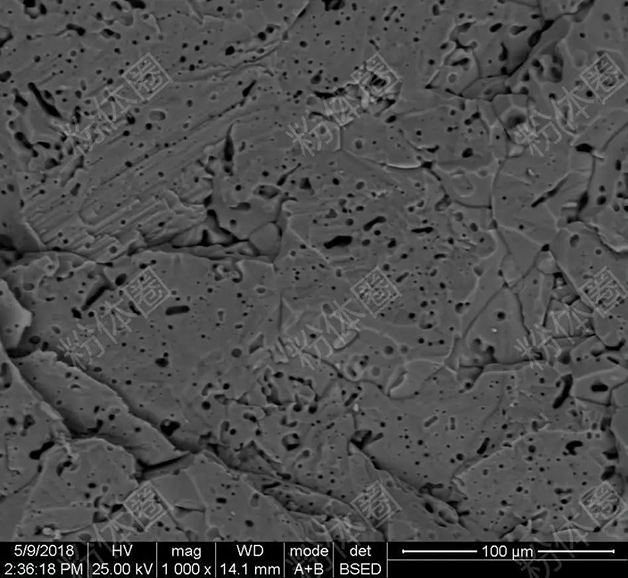
2. Platelet Calcined Alumina – Designed for Precision Polishing
Japanese company Fujimi offers a material called Platelet Calcined Alumina (PWA), used in CMP (Chemical Mechanical Polishing). The word “platelet” here refers to small, flat disk-like shapes—just like blood platelets.
This material has a much thinner structure than tabular alumina. With a diameter-to-thickness ratio below 20, it ensures smooth and controlled abrasive performance in semiconductor manufacturing.
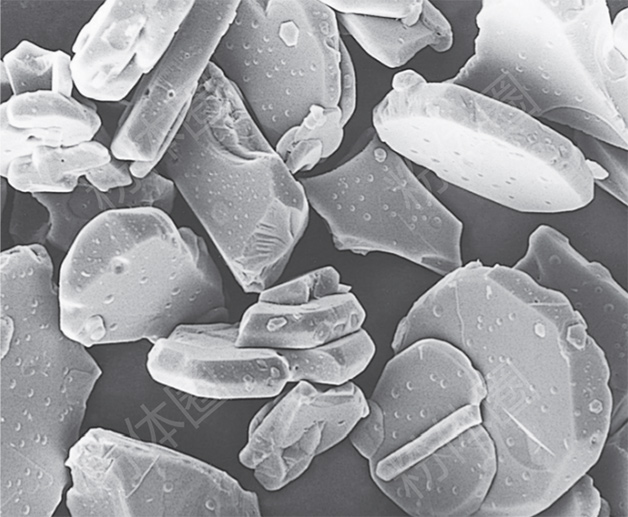
3. Flake Alumina – Ultra-Thin for Pearl Pigments
Merck, a German manufacturer, produces a product called Single Crystal Flake in Aluminium. Here, the term “flake” emphasizes the extremely thin, layered structure. Thickness is typically 100–200 nanometers, with a very high diameter-to-thickness ratio.
This ultra-thin form is used in pearl pigments and cosmetics, where light reflection and surface brilliance matter most. These flakes belong to the 2D materials family due to their unique geometry.
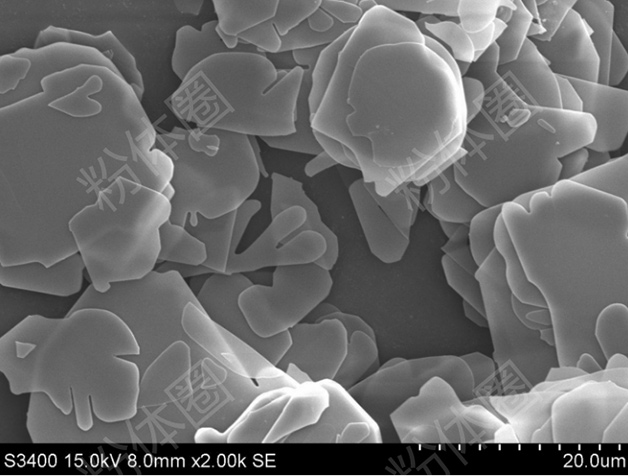
So, How Should We Name These Materials?
While the English terms help differentiate these materials, translations sometimes blur the lines. For example:
- Tabular Alumina may be translated as “板状刚玉” or “板状氧化铝” in Chinese
- Platelet Calcined Alumina is often also called “板状氧化铝”
- Flake Alumina is uniquely named due to its distinct structure and use
These naming variations can be confusing. But if we understand the structure–function relationship, the distinctions become clearer.
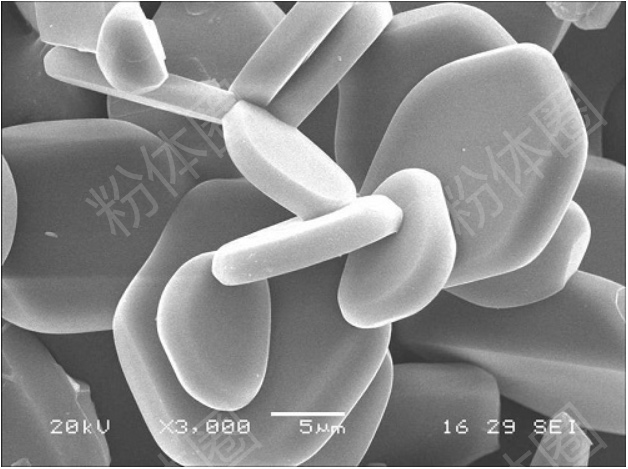
Summary: Application Matters
In conclusion, understanding the subtle differences between tabular, platelet, and flake alumina helps with better product selection, R&D direction, and market communication. As more global manufacturers develop advanced alumina powders, we believe clearer naming and application-based classification will benefit the entire industry.
Looking for reliable suppliers of Tabular Alumina or Flake Alumina? Explore our full product catalog or contact us for custom solutions.



